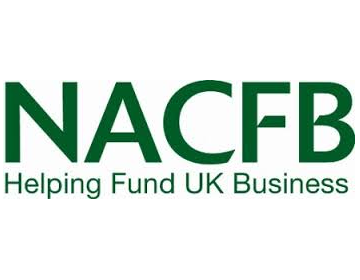
How much money does a small business need to borrow? “We’re looking into the idea of taking out a loan,” they tell us. “£5,000? £20,000? We could use anything.” And they’re right. Spending money is easy. To take a facile example, a baker could buy new premises, a new van or a new rolling-pin, depending on the money we offer him or her. Sometimes it is up to the broker to tell the borrower how much money they are looking for, rather than the other way around.
Of the 2,000 loan enquiries the NACFB recently sampled, the average value came to £86,717.
Only 28 were for £1 million or more, while 161 were for less than £5,000. Nearly a quarter of all SMEs who contacted us wanted to borrow less than £10,000. And nearly half of all the leads were valued at £20,000 or below.
Naturally, the “ideal” loan size depends on the status of the borrower as much as anything. But there is a broad principle here. If the loan is too small, then a broker won’t want to get involved (look for example at the 134 small businesses who wanted £3,000 or less, of whom we were able to sort out finance for just eight).
Too large, and you will run into repayment problems…if not actually making those payments, then at least convincing the lender that your strategy is going to work.
This latter problem is something we see all the time. A businessman has an idea which in his head adds up beautifully. “You can clearly see how this would be instantly profitable”, he or she tells us, when all we have is a couple of paragraphs describing the final outcome, but omitting to detail how every step of the way towards that goal is paid for.
Out of those 2,000 leads, the mean average value of loans that we were able to see right the way through to completion was £113,647. That is larger than the mean value of the total of the enquiries.
This shows us that the larger the business loan required, the more vital are the services of the broker. But at the smaller end (much below £10,000), any upfront fees a broker charges – and we are not at all opposed to reasonable ones - eat up a bigger proportion of the whole, making a direct approach more financially attractive (a fancy way of saying “cheaper”).
Borrowers who minimise the size of the loan they want – in the belief that large requests are more likely to receive a No from the lender – may be heading in the wrong direction.
It simply isn’t true that lenders don’t want to lend, so any business plans predicated on that belief are flawed from the outset. Far better to work with a broker who can see the big picture and can say “Have you considered x?” or “Why don’t you try z?”.
Some loan requests are as much requests for advice as for money: small business owners wanting someone else to have a look around a spot what the next step should be.
So this is a time for all brokers to be flexible in their attitude, and informed across a broad range of funding products. Which is why regularly reading Introducer Today turns out to be such a good idea!
Adam Tyler is chief executive officer of the National Association of Commercial Finance Brokers.












Join the conversation
Be the first to comment (please use the comment box below)
Please login to comment